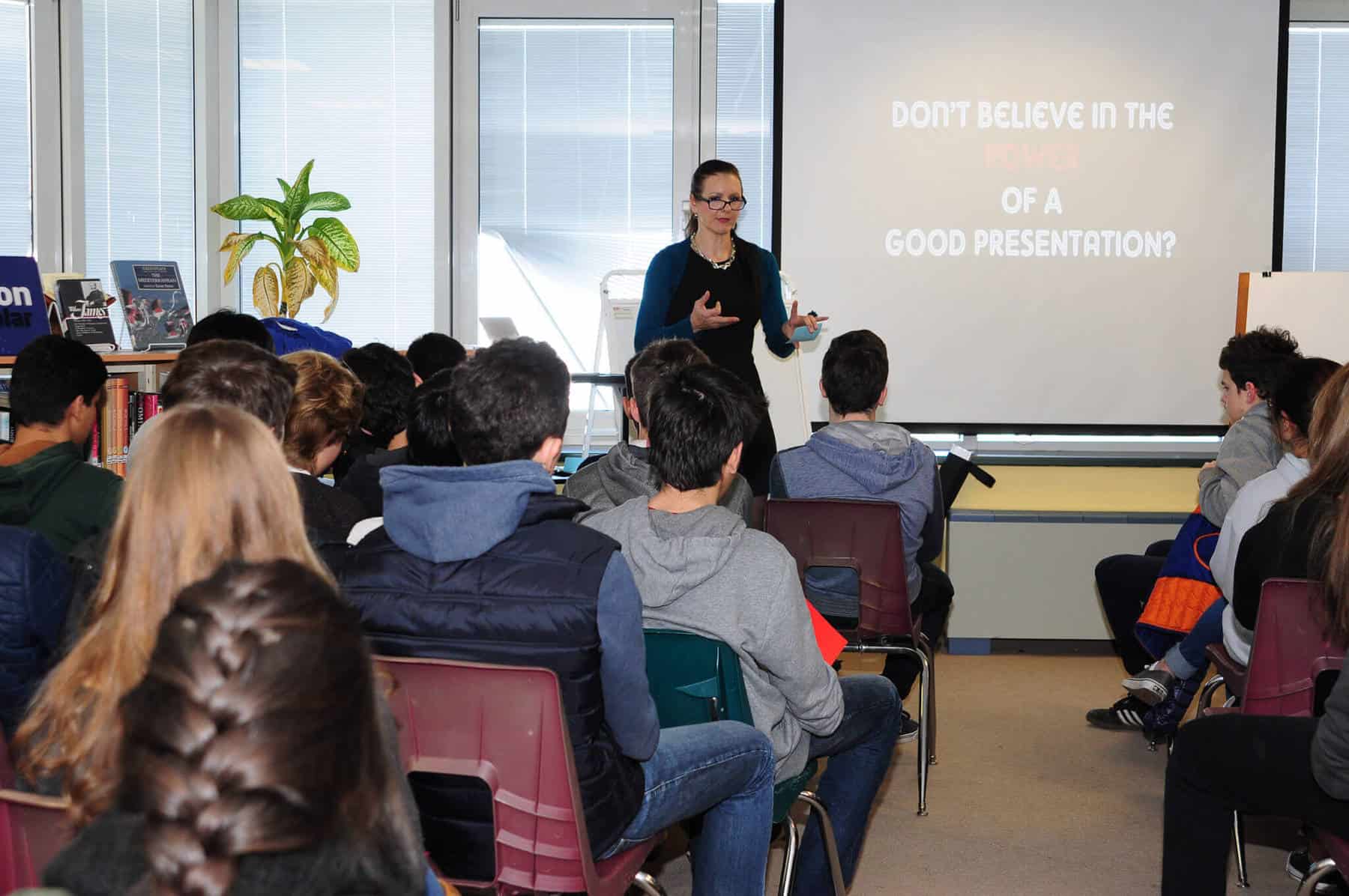IICS Top 7 Admissions Visit Value Adds
Why did that family choose us? What was the thing that made them know we were the school for them?
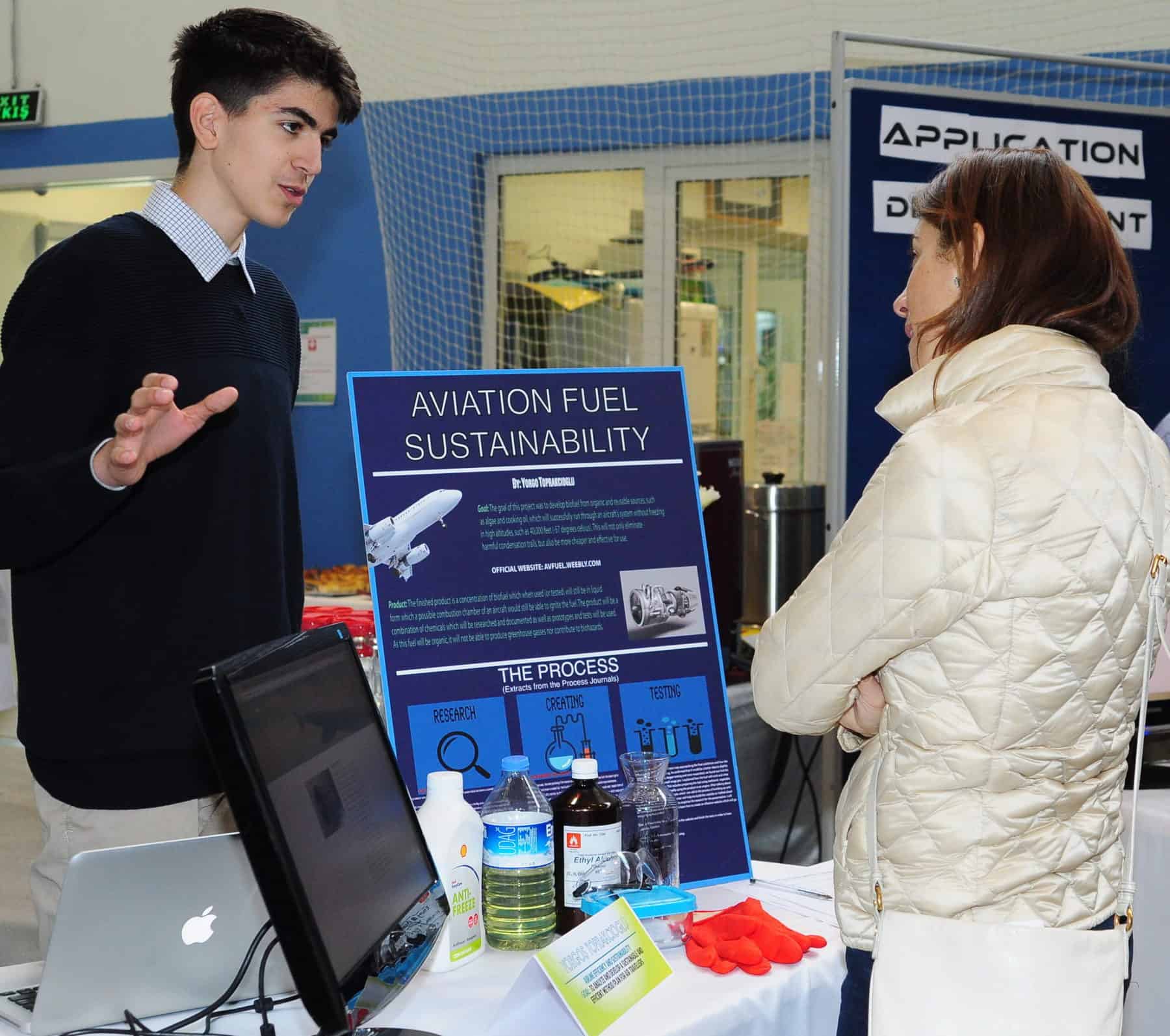 It’s always interesting to learn exactly what aspect of a family’s first interaction with your school makes them start to feel “yes, this is the place for us.”
It’s always interesting to learn exactly what aspect of a family’s first interaction with your school makes them start to feel “yes, this is the place for us.”
At IICS, we send out a survey before winter break each year in addition to hosting newcomers’ coffee mornings to find out exactly what we are doing that helps most with each family’s decision to attend our school. Working from this feedback as well as consistently making an effort to improve our processes, here are some of the top items that contribute to potentials having a great admissions experience:
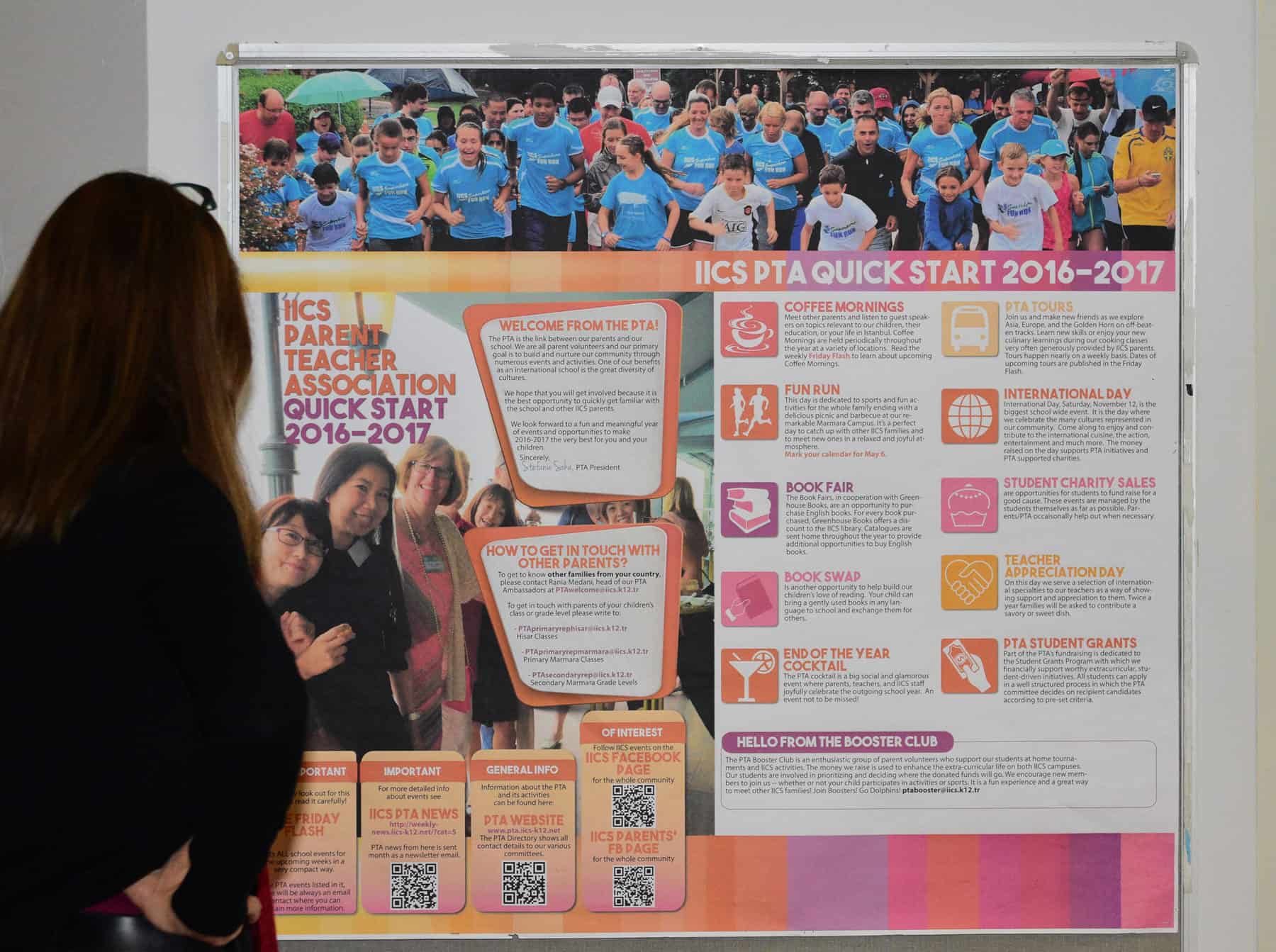
| KNOW | HOW TO | SHOW | RESULT |
| Know what the potential family is looking for in a school. |
|
|
|
| Know what’s happening in the school |
|
|
|
| Know which parents can help you. |
|
|
|
| Know your student community. |
|
|
|
| Know your timing. |
|
|
|
| Know your shortcomings. | – |
|
|
| Know that your family wants to feel important and cared for. | – |
|
|

NOT JUST BELLS & WHISTLES: SCHOOL DISPLAYS ARE VISUAL EVIDENCE OF GREAT TEACHING AND LEARNING
Our teachers call their classroom environment “The Third Teacher” because students absorb so much from what they see on the walls. We feel the same way about all the common spaces. They are prime “real estate” for us to be showing great visual evidence of what goes on in our classrooms—not just for students, but for faculty, staff, parents, and visitors, too.
The problem is teachers don’t always have the time, desire, or skills to develop eye-catching displays.
That’s where the Community Relations department comes in.
Over the past few years, IICS has been actively changing the culture of our school to make our common corridors our Third Teacher, having our displays celebrate everything that happens. The result is that the whole school community knows more about their school, feels more pride in it, and understands what a special place they are a part of. For visitors, it is an amazingly effective way for them to quickly understand our school culture and facilitates admissions tours.
MIGRATING TO MORE VISUALS
Getting this system in place was not an instant fix. It has taken a few years. First we developed our own in-house skills in Adobe Illustrator; since we constantly use Illustrator for brochure and advertisement creation, being fluent in that software has helped us cut down considerably on the cost (and turnaround time) of publications. Then, once we invested in a large plotter printer, we put our skills to internal use, making massive, eye-catching displays around school to advertise events and celebrate athletics and activities successes. It looked great.
But there still remained a problem: teachers thought our approach was too slick. They saw it as marketing. To help teachers get onboard with our approach, we took the following steps:
1. Explained our context. We spent time with teachers to explain that we were trying to help show off the great work they were doing.
2. Offered our support. We launched the Lookin’ Good card, a spoof on the type of customer loyalty card you get at coffee houses, where so many card punches earns you some benefit (ie, after so many graphic support requests, they would get a prize). On the back of the card was a list of the types of support we could provide to teachers as well as a link to the Google form ticketing system where they could request a display (or other graphic design support) be created for them.
3. Asked for support in return. Teachers were told that because our capacity to provide support was limited, we would prioritize teachers who provided us with an article for our news blog (usually related to the reason they needed a display).
OVER CAPACITY IS A GOOD THING
Eventually the attitudes towards “slick” displays changed entirely and teachers genuinely saw the benefit… which meant we were beginning to get more requests than we could handle. But that was a good thing. That meant that teachers might be interested in making their own displays, so we opened up faculty training courses for Adobe Illustrator. In a simple one hour workshop, we gave teachers all they needed to know to start creating.
A number of teachers really ran with that and have been creating fantastic displays ever since, and some still prefer to have our support instead. That’s okay. The important thing is that we developed a school culture that supports using our hallways as the Third Teacher and an appreciation for the role a good display plays in reflecting the great teaching and learning that’s taking place.
NOW GRAPHIC DESIGN LESSONS FOR STUDENTS, TOO
The success of our Illustrator workshop for faculty has led to us providing a workshop on presentation skills for Grade 10 students to help them spruce up their Personal Project Exhibition displays. We had remarkable success with that last year, not only improving the whole look and feel of the exhibition, but providing students with a relevant reason to learn a new skill set that will benefit them greatly in their futures.
As this year’s Grade 11 students were trained in Illustrator last year, in coordination with our CAS Coordinator our next plan over the following two years is to develop a system to have Grade 11 and 12 students take over the graphic support ticketing system to provide teachers with display help as part of their CAS. If we can manage that, then we will really have created a significant win-win-win scenario!
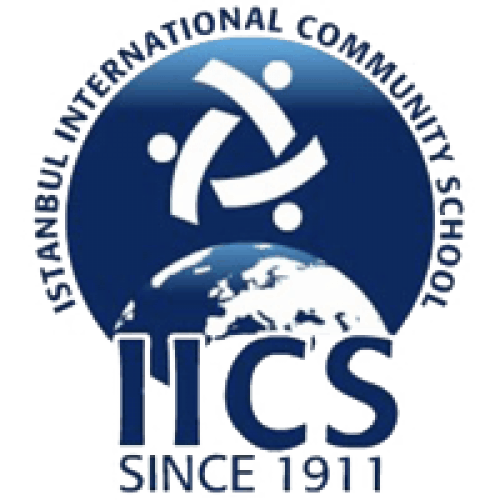 About Istanbul International Community School
About Istanbul International Community School
IICS is one of the oldest international schools in the world founded in 1911. IICS is the only Early Years through Grade 12 international school in Istanbul fully authorized by the International Baccalaureate Organization for all 3 IB programs and globally accredited by ECIS and NEASC.















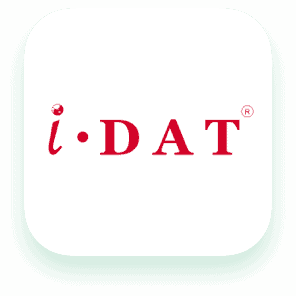
 All Services
All Services